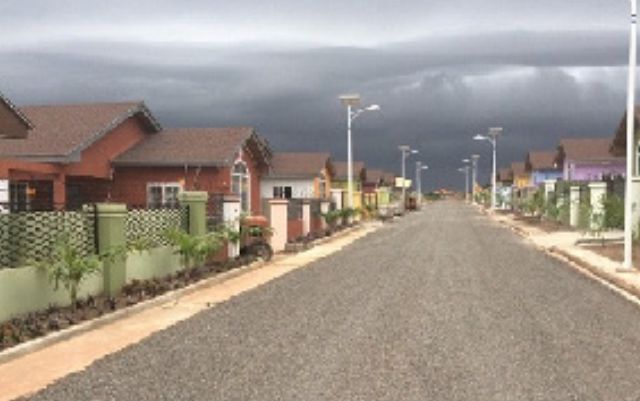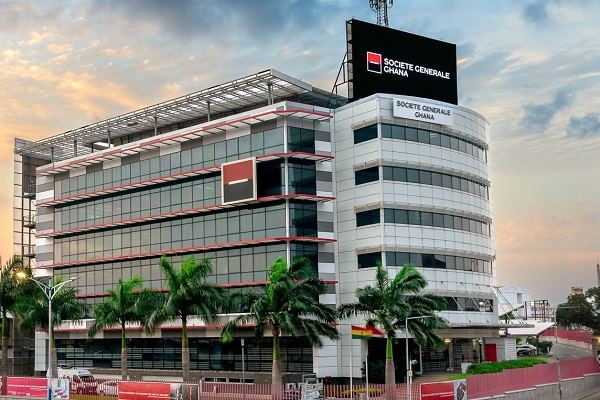Rising cost of housing, power, fuel hike inflation to 13.9%

The figure is 110 basis points higher than what was recorded in December, and the highest ever recorded since the inflation basket was rebased in August 2019. The data show that housing and water recorded the highest inflation rate of 28.7 percent, followed by electricity and gas which saw 20.8 percent; and transport (which includes fuel) recorded a 17.4 percent raise.
Overall, the non-food basket was the main driver of national inflation – hitting 14.1 percent against 12.5 percent recorded the previous month. This consequently ended up in the non-food group contributing 55.8 percent to national inflation. The food basket also saw an increase to 13.7 percent from the 12.8 percent it recorded in December.
The main drivers of national inflation have also transited into domestic production, as locally produced goods keep seeing rises in cost. Inflation for locally produced goods in January hit 15 percent compared to 11 percent for imported goods.
At the regional level, Greater Accra has taken over as the region with the highest level of prices of goods and services as it recorded an inflation rate of 18.4 percent, with the Eastern Region scoring the lowest with 6.9 percent.
Inflation expectations
At the Monetary Policy Committee (MPC) of the Bank of Ghana’s last meeting, it indicated that inflation would remain above the central bank’s upper target of 10 percent, given unfavorable conditions existing both locally and internationally.
“Headline inflation has remained above the upper band of the medium-term target of 8±2 percent since September 2021. Additionally, all the core inflation measures and inflation expectations have increased, which points to heightened underlying inflation pressures. The latest forecast shows that inflation will likely remain above target in the near term, driven by both external and domestic factors and will only return to target about four-quarters ahead.
The key risks to the inflation outlook include rising crude oil prices and their transmission to ex-pump petroleum prices and transportation costs; rising global inflation, food price uncertainties, and the fiscal outlook. The Monetary Policy Committee envisaged this scenario when it raised the policy rate in November 2021 to contain the inherent aggregate demand pressures likely to drive prices in the outlook.
The Committee is of the view that the dynamics associated with the November 2021 policy rate hike are yet to be fully transmitted and expects the decisive implementation of fiscal correction measures especially the 20 percent cut in expenditure to help moderate upside risks to the inflation outlook.
“The Committee will continue to monitor the impact of these policy measures, and as needed call an extraordinary meeting to re-assess the inflation outlook over the forecast horizon and take the necessary policy decisions accordingly,” the MPC report stated.





